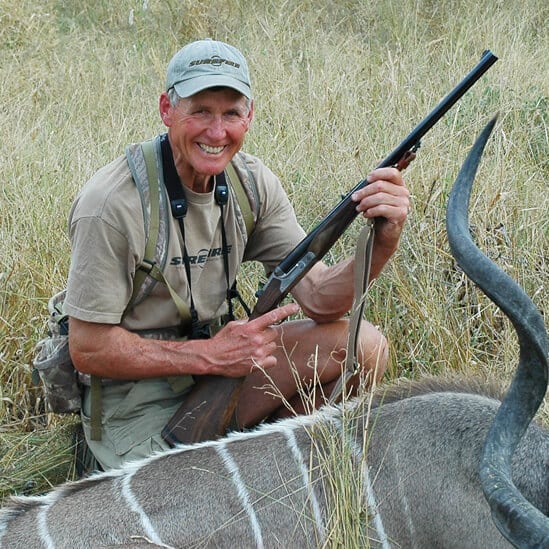How to Hunt Elk — Abridged
July 31st, 2023
8 minute read
The bull took a step, and I moved a few inches closer on his flank. “Watch for the eye. If you see it, be still.” On my belly at 60 yards, I elbowed past 50 and rose to my knees at 40. He turned, the sun’s last rays lighting antler tips. The arrow entered mid-rib and drove forward. He dashed a stone’s toss into the timber and slid on his nose.
A hunt for September elk can give you more than you deserve.
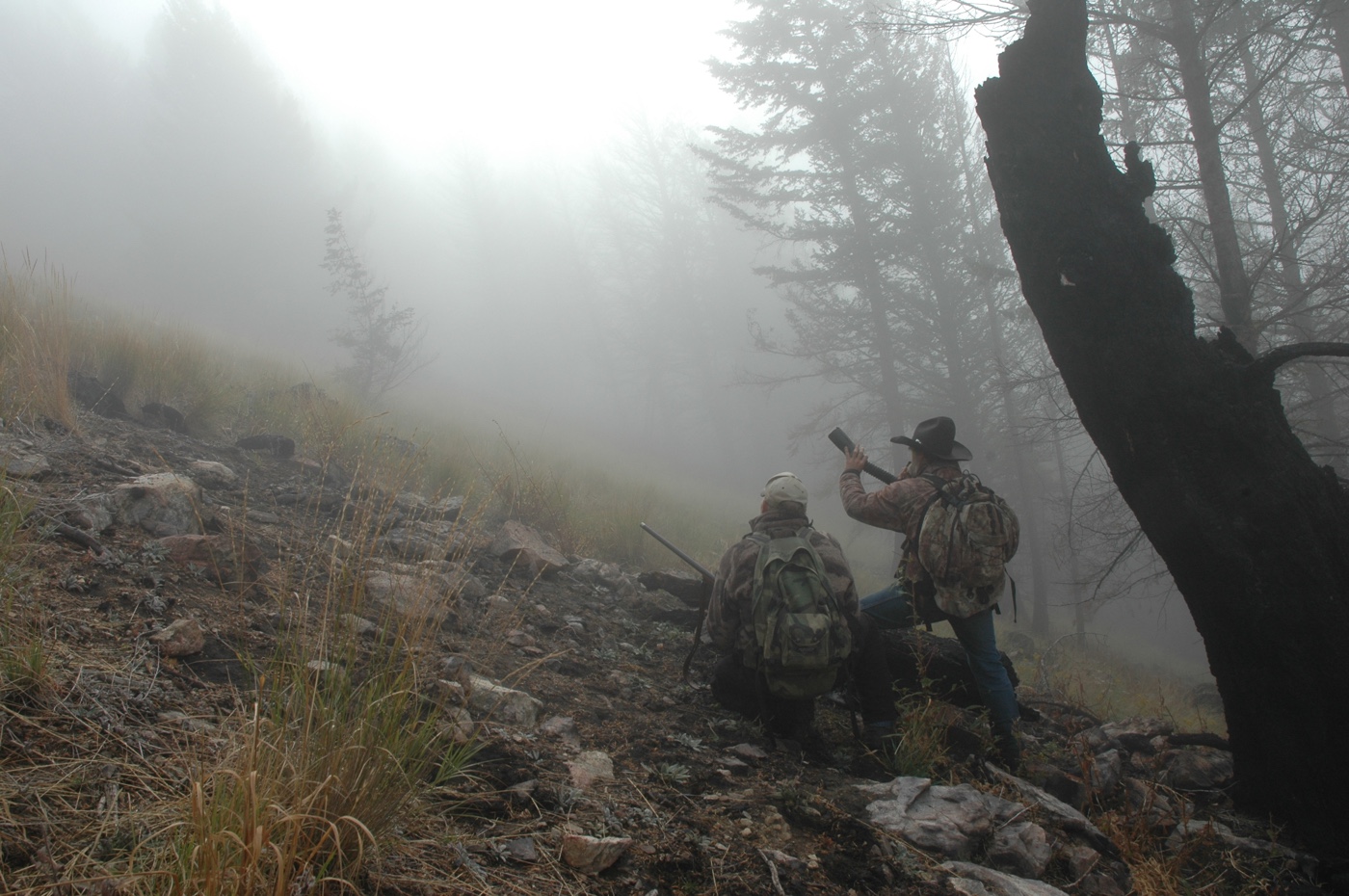
October evens the score. Rifle in hand, you hunt tired elk that have receded into lodgepole jungles and fir thickets with ready exits and good wind coverage. Bulls don’t bugle; they bed where noisy forest litter can sound an alarm. A post-rut bull frequents empty places. Empty is on his radar; he senses when a hunter intrudes.

Early snows can improve hunting, but only the most severe prompt migration. Elk move to mid-elevation thickets mainly to dodge hunter traffic from high basins and road’s-end camps. A month later, prolonged cold and shrinking daylight signal that high places will soon be uninhabitable. Elk move down-country, often abruptly in numbers. It’s a myth that “old bulls stay high.” Old bulls may settle into winter range as late antlerless hunts send cows back to the hills ahead of a fresh orange tide.
The Next Step
Reaching elk afoot is possible every month you can legally hunt, albeit access to privately owned mid- and low-elevation range is increasingly limited.
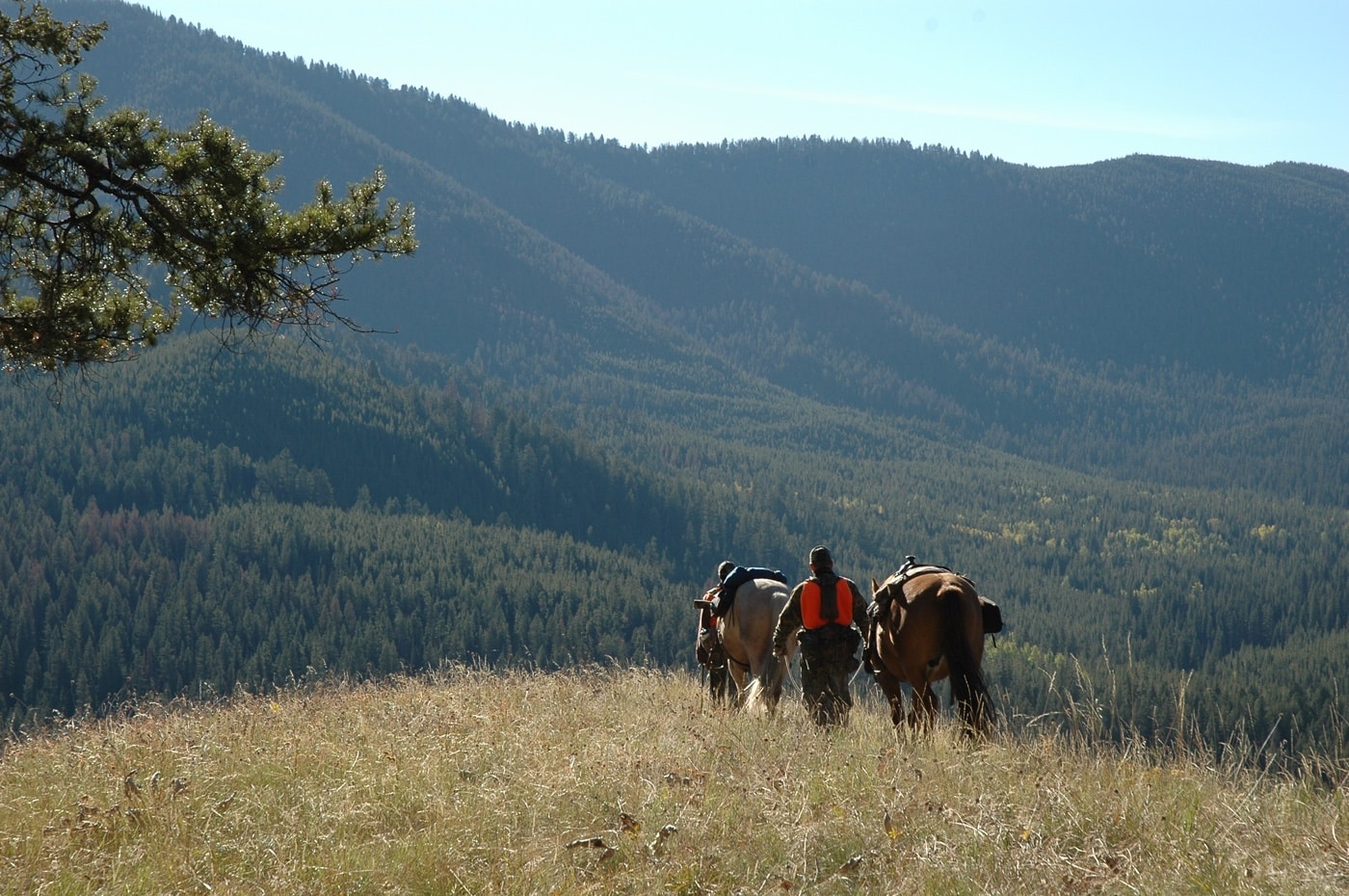
Any deer hunter with basic woods-wisdom and camping skills, and the iron in his or her legs to hike five miles, can hunt elk. Pack animals extend hunting radius and the distance you can bring elk out. Caveats for beginners apply to frustrated veterans.
Elk are herd animals that can range widely and unpredictably. While any Midwest half-section with corn and soybean fields, woodlots and creek bottoms will hold whitetail deer year-round, you might spend a week in elk country without finding elk. Last fall a friend with years of hunting experience spent four days in the Idaho wilderness and saw one cow. Westwide, as few as one in seven elk hunters, kills an elk. A mature six-point is a rare prize. On the other hand, I’ve hunted and guided where hunters had 90 percent success on bulls; but that’s unusual, especially on public land.
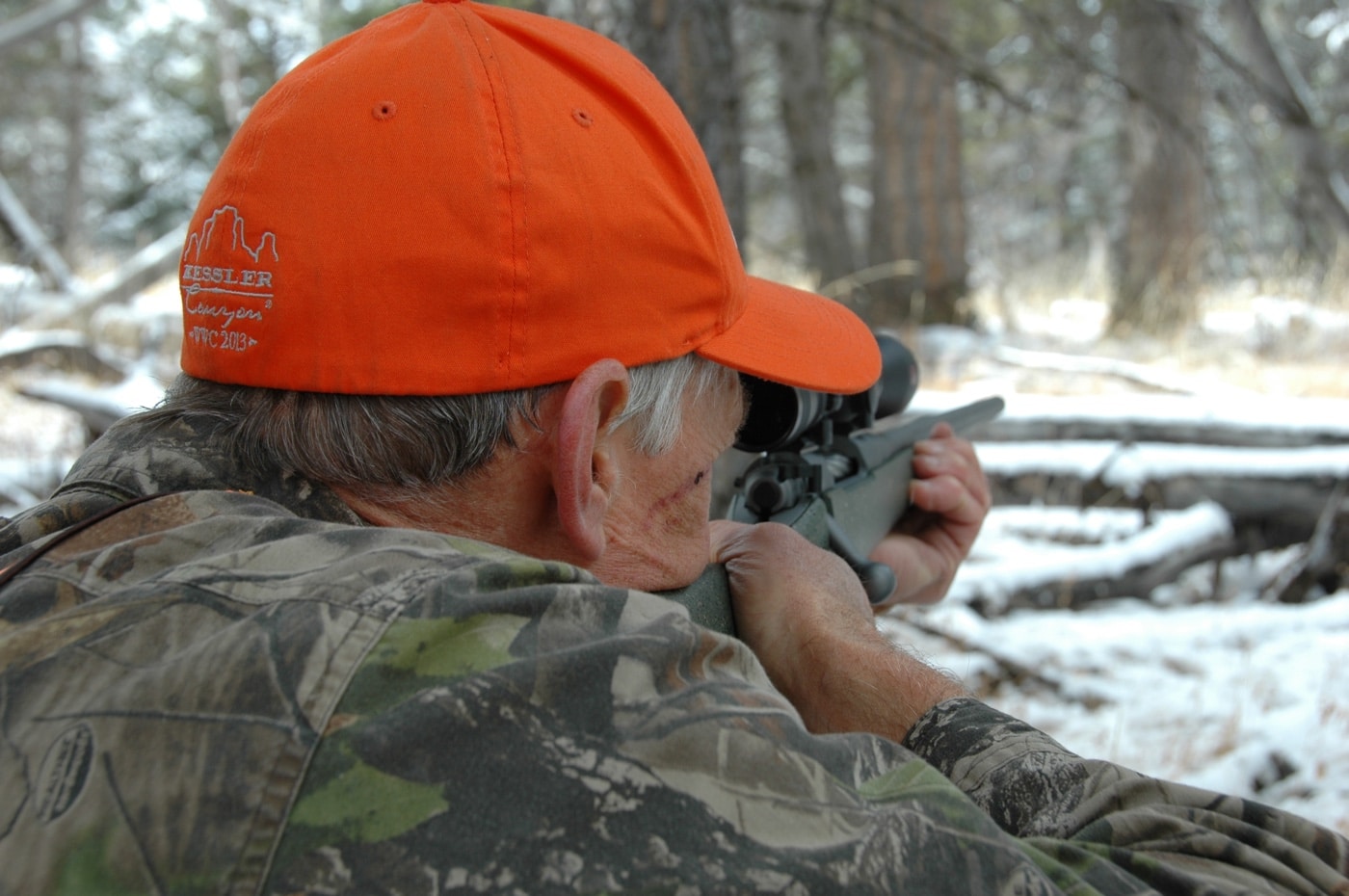
Like mule deer, elk in the mountains often bed in timber a short rifle-shot below a ridgeline exit. But most hunters prefer open places where they can see far. They post on meadow edges and bald spines. Elk learn these are perilous places. Hunt on trails through second-growth timber where elk expect traffic, and you’ll see elk that seldom leave cover in daylight.
Avoiding hunters, elk may move miles, to return days later. Or they may hole up in thick, steep pockets, emerging to forage as dusk puts hunters in camp. At day’s end years ago, I was glassing for elk across a small meadow. Turning, I almost jumped out of my skin. A bull was staring from timber’s edge 70 steps away. No secret place, this; I’d just stayed afield, two miles beyond trailhead, while other hunters sipped southern mash at camp. Minutes later, I was field-dressing my first six-point.
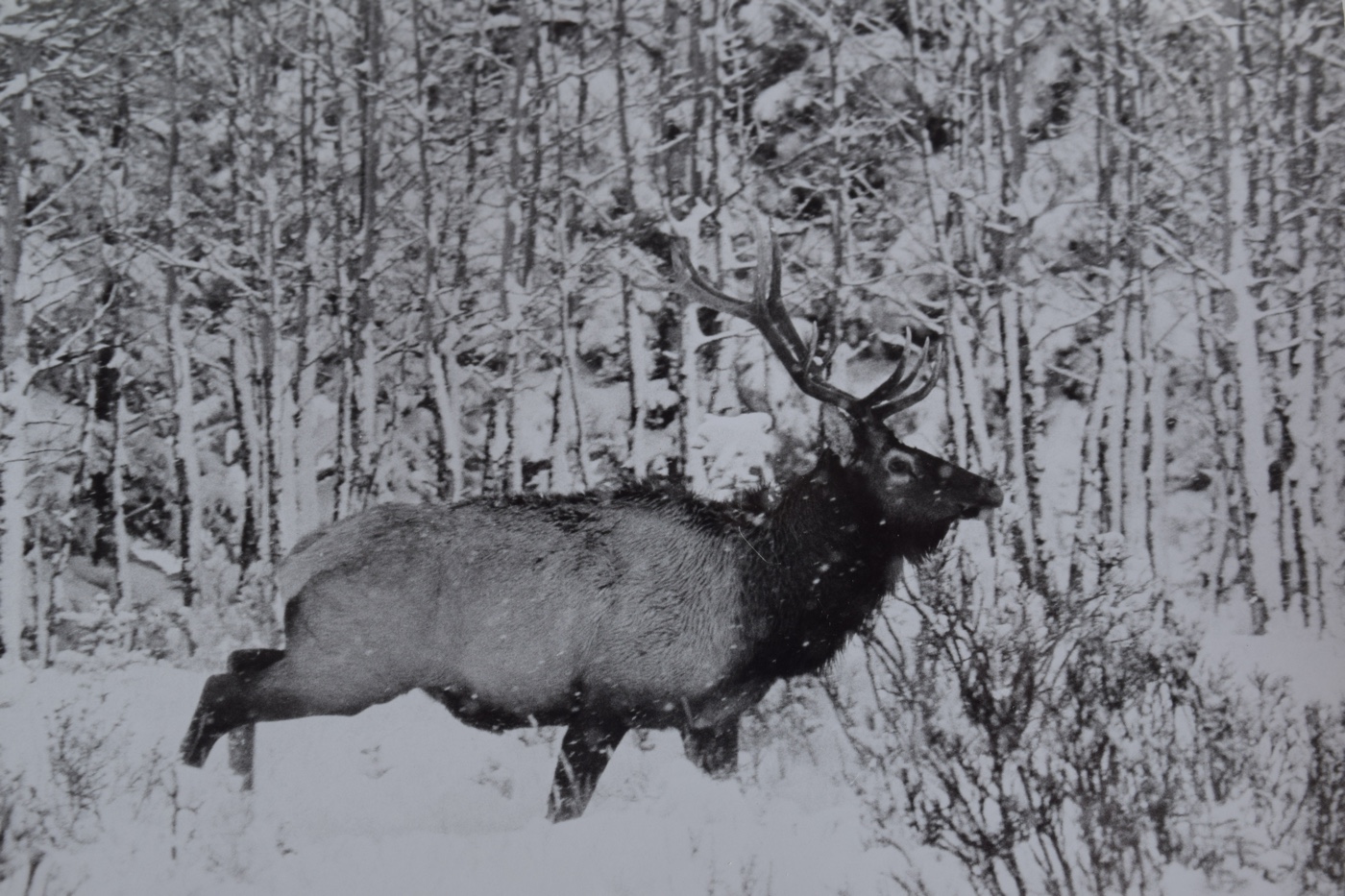
Another time, I came upon a bull at a seep at noon as my competition took a mid-day break. Hot weather had drawn this elk to water. Neither of us expected to see the other. I recovered first. The best elk country has plenty of water. And shade. Elk have heavy coats and thick hides. In some countries, they burn more calories keeping cool in summer than warm in winter. In early fall, checking wallows can pay off. But like meadows pocked by elk beds, many freshly muddied seeps are from night visits.
Elk Hunting: Sticking With It
Perseverance helps you find elk, salvaging victory from despair. In a howling wind and pre-dawn blackness one morning, my hunting partner declared from his sleeping bag that this day was fit for neither man nor beast. I forced myself out of the cabin and climbed through crusted snow into the bitter blow. At first light, I glanced across a logging we’d prowled repeatedly. A chalky form moved. The bull fell to my .300. Elk are big animals; they need lots of food. While they can nibble twigs, they prefer eating grass and forbs in openings where they can fill their rumens fast. Their broad muzzles evolved to do that.
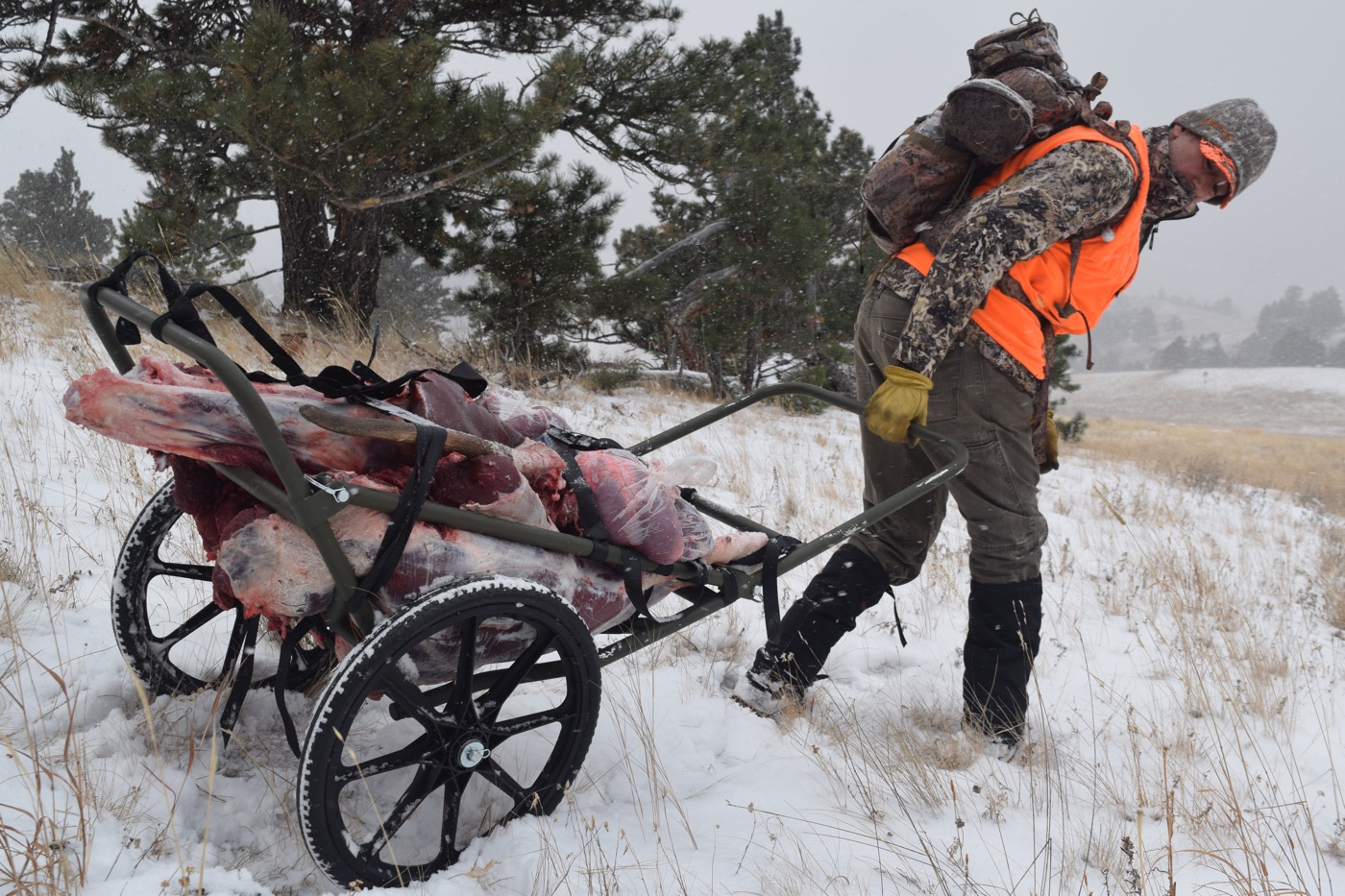
Sometimes you’re smart to be still. Early one afternoon, elk sounds on a Montana slope drew my attention. I was above the animals, but fought the urge to slip closer because the timber was thin, the wind undecided. Unless you’re after a lone bull or can see each of several animals, every yard of an approach increases the odds against you. Slinged up in a sit, I waited. Minutes later, a twig snapped. A cow ghosted across an opening. The trailing bull didn’t pause either. But my reticle rode the leading edge of his shoulder as I pressed the trigger. He ran a few yards and piled up.
Mid-slope, you’ll find lodgepole patches with deadfalls that trip and impale you, fir thickets that dump snow down your neck, rockslides that turn your ankles. Elk like these cruel places because hunters don’t. Noisy, difficult cover warns bedded elk of the few who might probe it. While canyon floors can be difficult too, elk seldom bed there, as daytime thermal drift is uphill. Also, escape routes from the bottom are few. Any climb from a gut is slow, arduous and exposed to the slope opposite.
Once, after a tiring day in Oregon’s Wallowa Mountains, I descended in thickets I’d passed that morning. An elk herd erupted and thundered down-slope. I ran ahead, saw only rumps. Then, to my right, a wink of antler! My rifle took one of three bulls that had held tight as the cows crashed away. A whitetail tactic that may also have worked for them earlier that day!
On the Chase
Tracking elk in snow is much like tracking deer. Of course, elk can leave you farther behind. But good tracking conditions aren’t to be wasted. I’ve followed elk that knew I was trailing them. One ran off in a small group after I muffed a chance. The snow was noisy; the bull had all day and all of Montana to lose me. But I persevered, well to the side to stay hidden. The track led to a meadow. As elk often pause to look back across an opening, I glassed from cover before leaving it. A spot of color in the pines beyond caught my eye. My offhand shot dropped the bull.
Sprinting after elk you’ve surprised in cover can bring you a shot, as their racket drowns yours. If an elk stops, it’ll be where there’s no threat from where you were. OK; in some places, even a short chase is laughable. But when the elk is crashing off, what have you to lose? Once, a bull rocketed downhill off a timbered spur. I raced after it, leaping logs, dodging staubs, barely staying on my feet. I paused, out of breath, when a trail appeared below. The bull could have sped through that slot. Instead, he pulled up there to look back. A bullet from my 6.5 pierced his ribs. Ailing, he stumbled down through the trees. A second shot broke his neck.
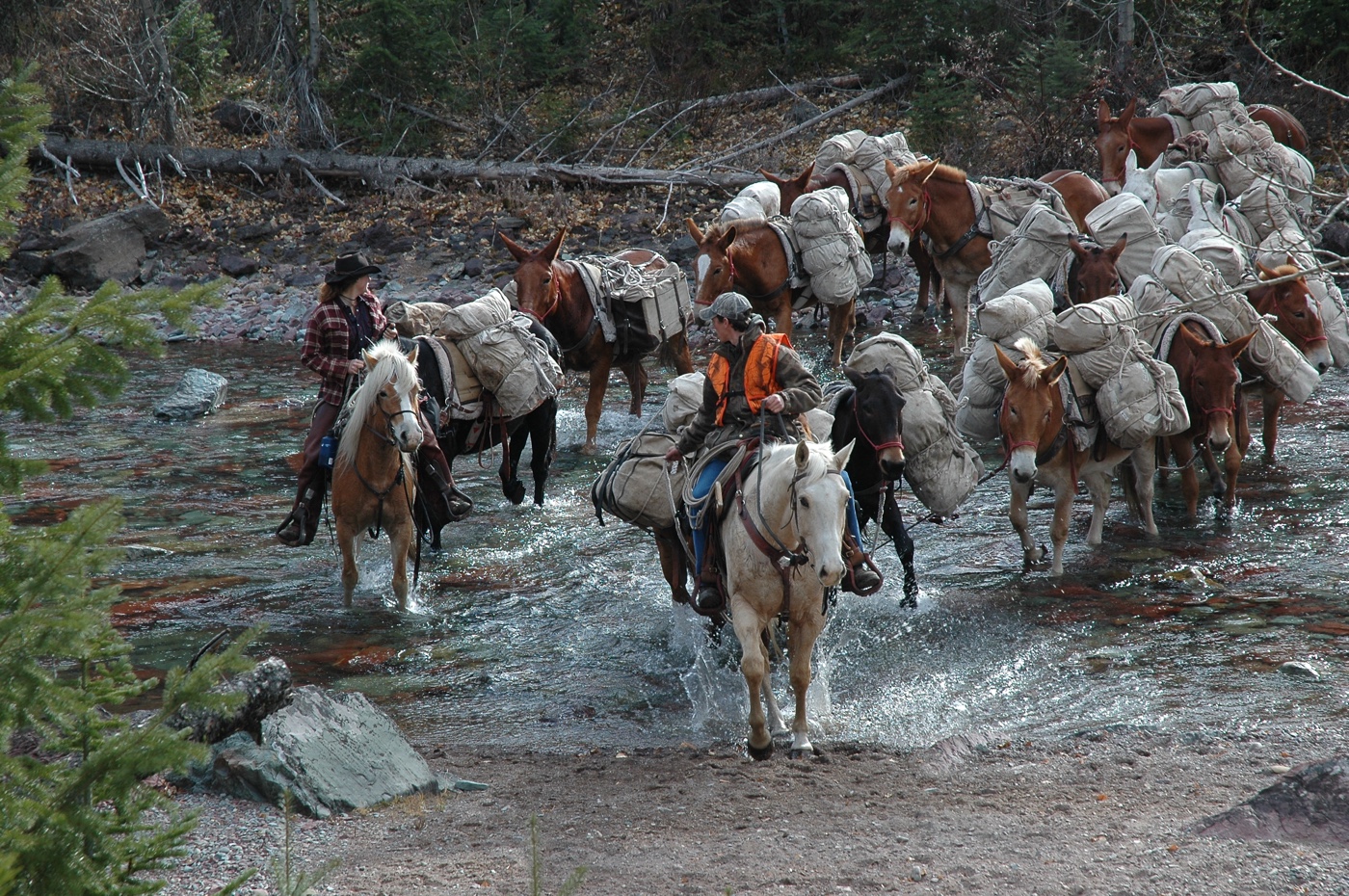
Flashlight beams lanced the dark as we saddled up in cold drizzle. Hooves sucked mud; limbs slapped my ears. The Bob Marshall Wilderness was hours from waking. Drizzle became rain. It relented miles on, as gray light seeped from a sullen ceiling. We swung stiffly from our horses. At noon we nursed a fire in sticky snow. At dark, we rode back to camp. We’d neither seen nor heard an elk.
That night, frost stiffened the grass. Before dawn, we tucked into hotcakes, snugged cinches and eased onto icy saddles. We rode farther, hiked higher and probed thicker places. Nothing. Near dusk, we climbed a steep face and tied our lathered geldings below the last trees.
It seemed pointless, but my guide mouthed his bugle reed, filled his lungs and through a fat tube sent a scream into the crags. To our astonishment, it drew a wavering response, far away. Another blast. The response was instant, and louder. He was coming! We struggled up toward a rim of brush, lead in our legs. A shrill bray, now close. Clawing a few more yards, I bellied against the slope, carbine to cheek as the bull elk burst upon us, antlers snapping limbs. I fired into his chest. He spun, lunged across my front and stopped in a thicket. I lay still. A patch of rib appeared. I triggered the rifle, cycled and fired again as he fought the inevitable. Then he fell.
In 50 years of hunting, that is the only elk I’ve shot that was coaxed in. Beckoning elk with bugle or cow call has become so popular, elk are wise to the ploy. Bulls that answer may also nose their harems in the opposite direction! Bulls that approach often circle downwind. I don’t use a call anymore.
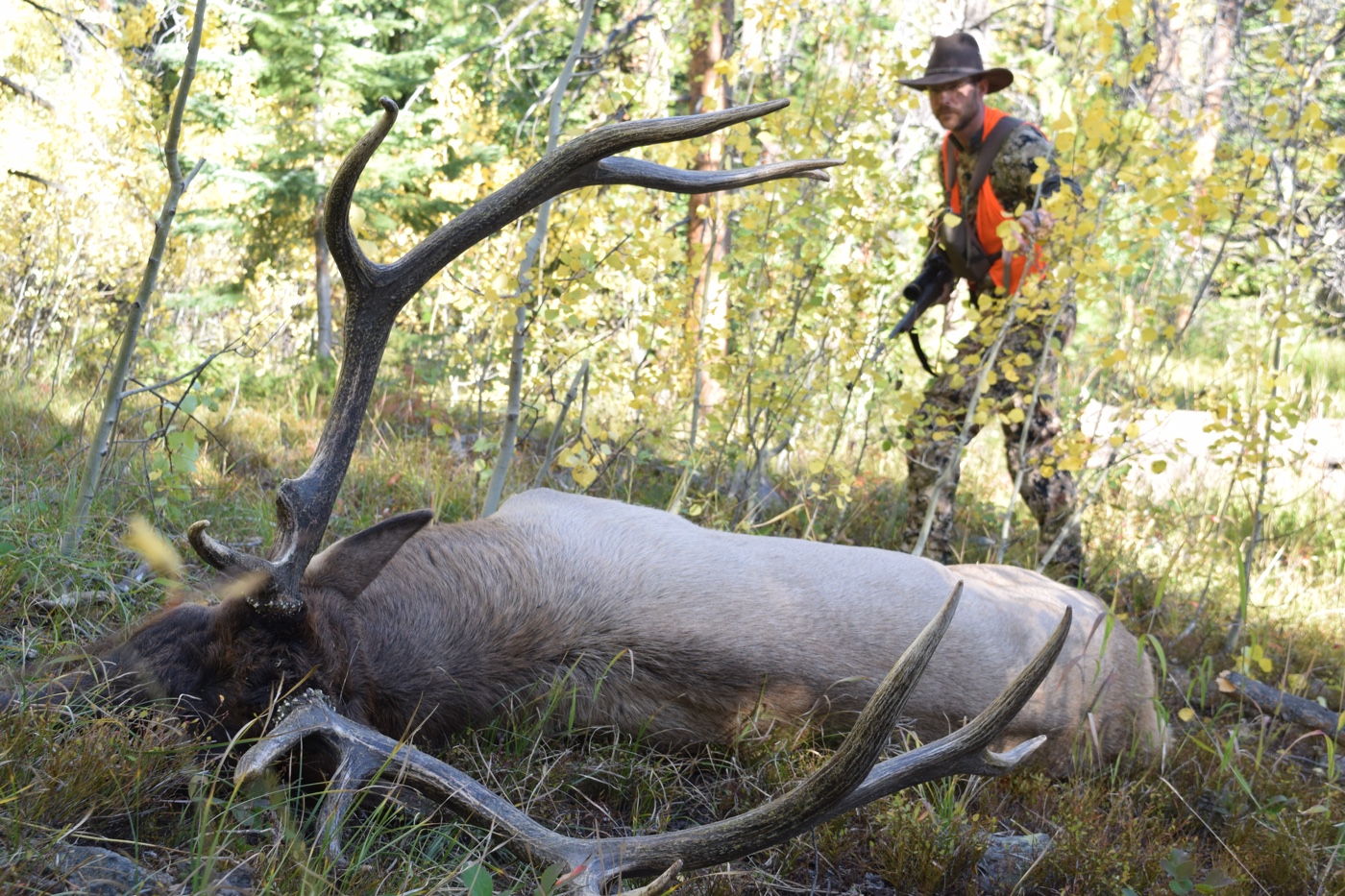
Conclusion
With or without vocal duels, a guided back-country elk hunt ages well in memory. No legitimate outfitter can promise a kill, let alone the wide, truck-axle antlers elk hunters dream of. What you should get is the adventure of horseback travel to remote places, a week under diamond-chip stars in a white wall tent, and climbing in country that humbles kings. Such places in the company of people with the common purpose of shooting a wild elk beggars description.
Editor’s Note: Be sure to check out The Armory Life Forum, where you can comment about our daily articles, as well as just talk guns and gear. Click the “Go To Forum Thread” link below to jump in!
Join the Discussion
Featured in this article
Continue Reading
Did you enjoy this article?

 48
48








